The first interaction a potential customer has with your business often determines whether they will become a customer or not. That's why mastering the initial steps of the customer acquisition process is so critical. Making a strong first impression builds trust and credibility, sparking interest that gets leads in the door.
This process starts long before a prospect lands on your website or speaks to a sales rep. Everything from your brand identity and online reputation to the quality of your marketing and content shapes initial perceptions. By mapping the customer journey, identifying key touchpoints, and optimizing each one, you can turn more strangers into lifelong customers.
In this guide, we'll explore proven strategies for maximizing customer acquisition by focusing on first impressions.
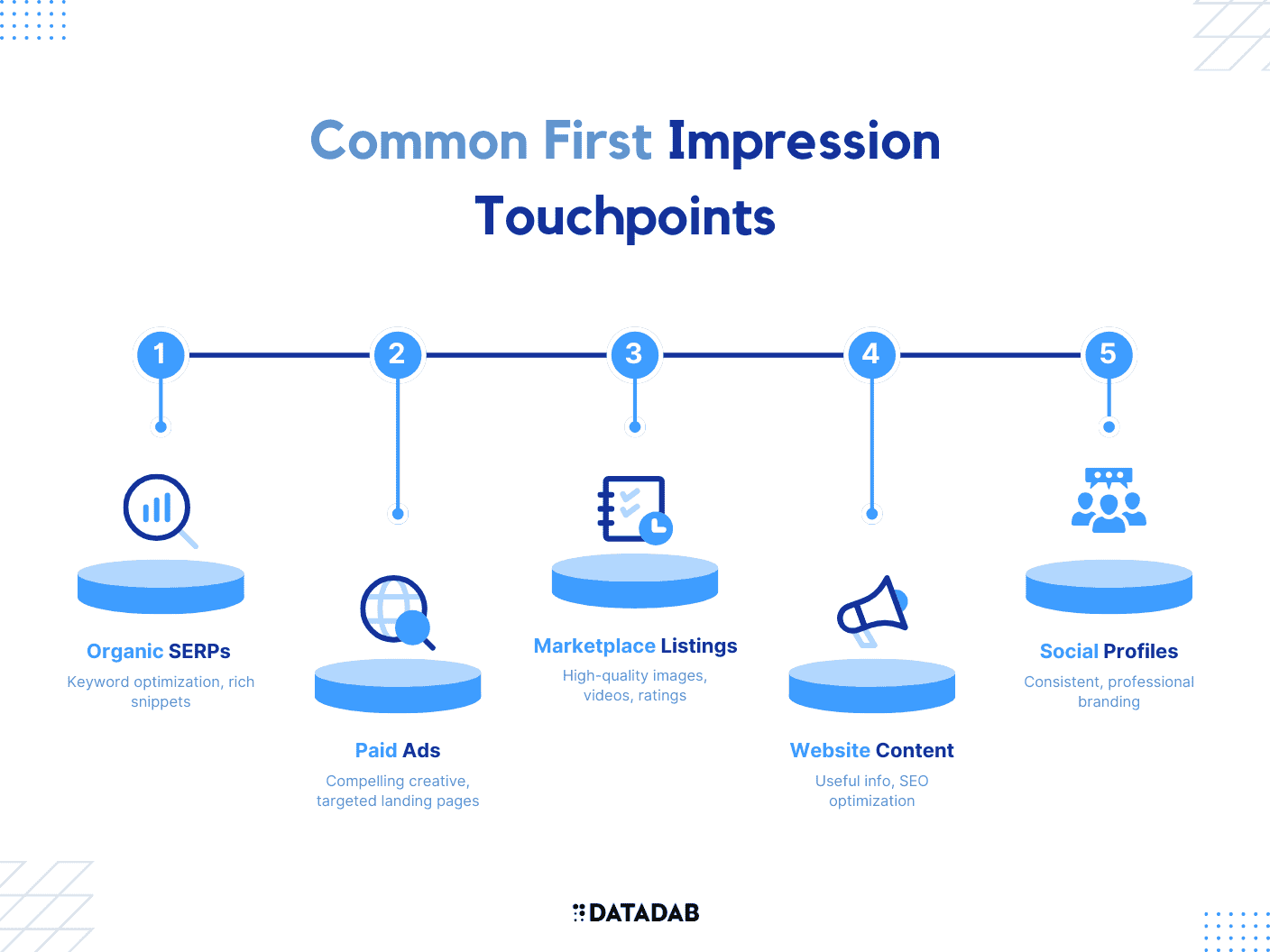
Understanding the Customer Journey: From Awareness to Conversion
To systematically influence first impressions during acquisition, businesses need clarity on the customer journey from initial awareness of their brand all the way through conversion. This means identifying key milestones and associated touchpoints along the way.
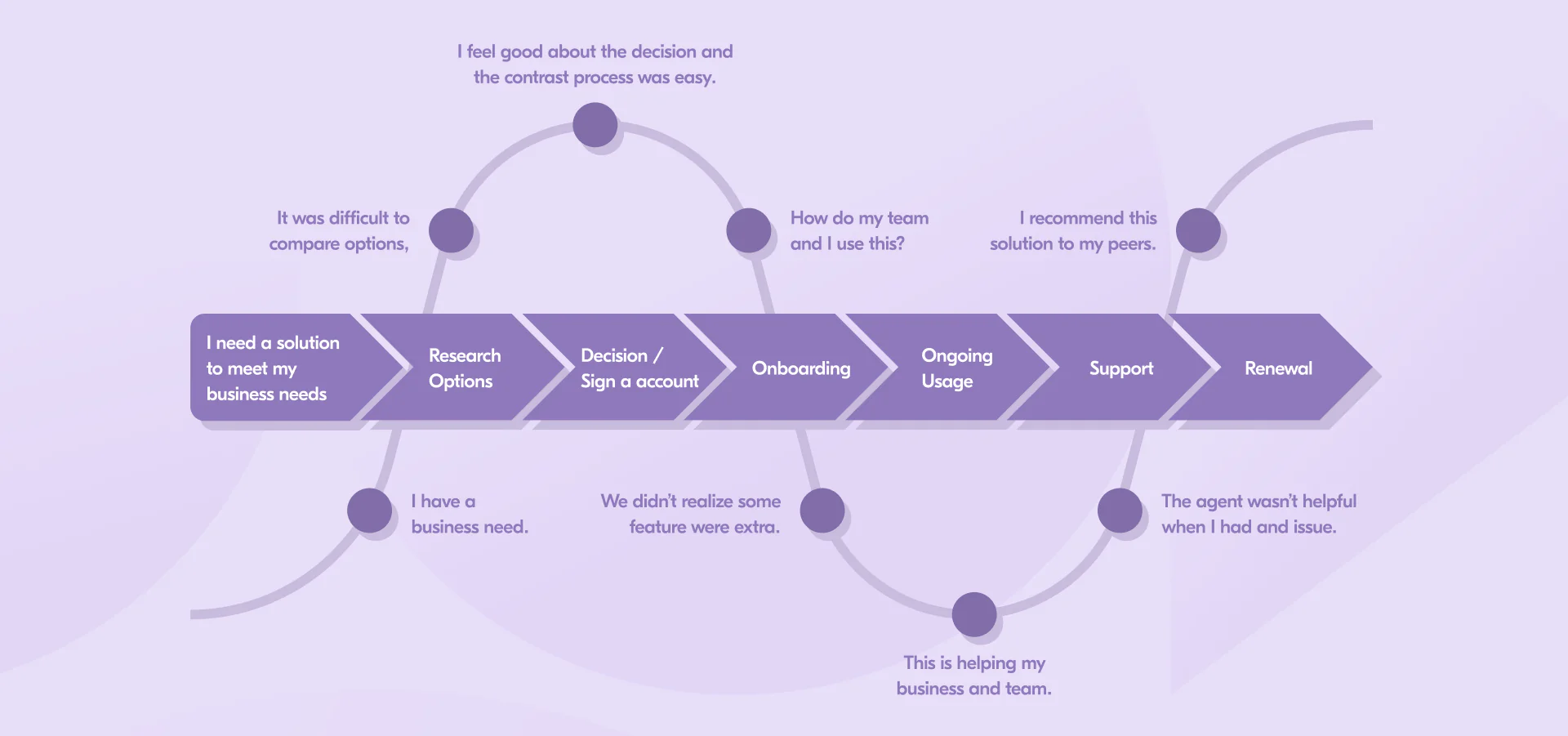
Mapping the Customer Journey for Your Business
The specific steps in the customer journey vary by industry, business model, and product/service offering. Complex sales of enterprise SaaS tools demand long evaluation cycles while quick impulse buys off an e-commerce site show abbreviated paths to purchase.
To customize an effective acquisition strategy, businesses should map out their typical customer journey including:
- How do customers generally become aware of my products or brand?
- What research and information gathering tends to happen next?
- Where, and how do they usually evaluate competing options?
- What convinces them to finally make a purchase?
With clarity on the customer journey, businesses can identify priority touchpoints for shaping first impressions.

Identifying Key Touchpoints for Acquisition
Common touchpoints that lend themselves to initial brand interaction include:
- Organic search engine results - How a brand presents itself digitally in SERP listings or maps/knowledge panels
- Paid ads - Users' first clicks and landing page experiences from search, social, display, and other digital ads
- Marketplace platforms - Product listings, seller profiles and reviews on ecommerce marketplaces
- Website and blog content - Educational articles, product pages, demos, and other site content
- Social media profiles - How brands showcase themselves on social platforms
Optimizing just a few pivotal touchpoints along the customer journey goes a long way in conveying quality and credibility in initial interactions.

The Role of Branding in Customer Acquisition
A brand is ultimately a collection of perceptions in the mind of the consumer shaped through ongoing touchpoints and impressions. Savvy companies proactively sculpt their brand identity and messaging to align with customer expectations around quality and trustworthiness.

Building a Strong Brand Identity
Key elements that impact brand identity include:
- Messaging - Taglines, slogans and positioning statements
- Logo - Fonts, colors, and stylistic choices
- Imagery - Photos, illustrations, and brand models
- Tone and voice - Personality and emotional associations
Aligning these brand identity elements with a positioning focused on quality and integrity goes a long way in setting positive first impressions.
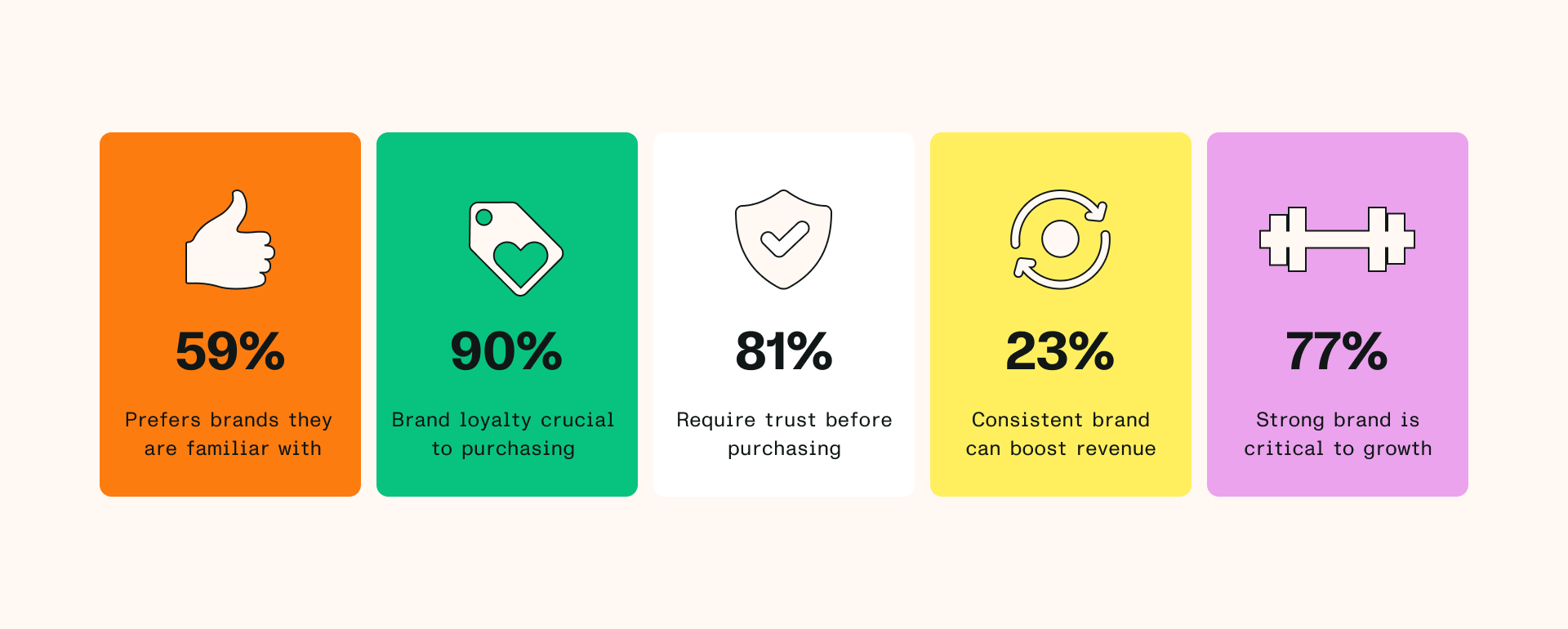
The Impact of Branding on Customer Perceptions
Research by Nielsen found that consumers place high value on quality (62%) and trustworthiness (58%) when evaluating brands. Companies that present a polished brand identity see higher perceived quality from prospects.
In contrast, unprofessional branding filled with spelling mistakes or dated design aesthetics negatively skews perceptions of product quality by as much as 86% according to some studies.
First and lasting impressions carry similar weight when it comes to branding. Don't wait for customers to eventually discover your product value. Make quality and trustworthiness pillars of your brand identity from the first touchpoints.

Utilizing Social Proof and Testimonials
Social proof in the form of customer reviews, testimonials, and endorsements helps affirm perceptions of quality while also building trust and credibility. Savvy brands feature such peer validation early and often.
| Type | Pros | Cons |
|---|---|---|
| Reviews | Scalable reach, influential | Can be costly to acquire initially |
| Testimonials | More authenticity | Lower reach and impact |
| Endorsements | Leverage influencer audiences | Temporary signal, potential bias |
Leveraging Reviews and Endorsements
Reviews and testimonials directly from paying customers carry tremendous weight thanks to their authenticity and real-world value.
Where reviews are lacking, especially for newer brands, relevant endorsements can fill the gap and provide social proof. Industry experts, celebrities, and influencers lend their stamps of approval to signal quality and trustworthiness to their followers.
The key is featuring such social proof prominently in early touchpoints, not buried as an afterthought. Display them proudly and openly.

Case Studies: How Social Proof Can Boost Acquisition
Mister Sweeper offers on-demand cleaning services in major metropolitan areas. Despite strong operational execution, customer acquisition lagged due to lack of awareness and credibility as a new entrant against established brands.
To jumpstart growth, they focused obsessively on collecting reviews from delighted early adopters. The founding team personally called each new customer to source feedback and suggestions. Within months, they accumulated over 100 4- and 5-star reviews.
Mister Sweeper displayed these prominently on service pages and in ads. The abundance of positive reviews increased conversion rates by 52%. As more customers joined the platform, they benefited from seeing social proof, further accelerating viral growth.
Within a year, Mister Sweeper expanded revenue 8x thanks to the powerful impact reviews had in establishing quality and trustworthiness. The proof points eased hesitancy to try a new service provider, while the feedback loop motivated operations to maintain quality standards.
By proactively showcasing social proof, Mister Sweeper leapt past the chicken-and-egg growth challenges faced by many new market entrants. The company continues to leverage reviews as a key driver of acquisition and retention.

Combining SEO and Content Marketing for Organic Growth
Customers actively researching purchase options will likely turn to search engines for initial brand lookups and comparisons. Companies investing in search engine optimization (SEO) and educational content marketing set themselves up for visibility and engagement during these information gathering touchpoints.
Strategies for Boosting Search Engine Visibility
Core tactics to improve search visibility and clicks include:
- In-depth optimization of on-page elements like titles, headers, and content
- Building backlinks from relevant external websites
- Producing schema markup for rich search snippets
- Expanding keyword phrases and related questions targeted

Content Marketing Tactics That Attract and Convert
Useful, informative content establishes subject matter expertise and nurtures prospects. Tactics for maximizing impact include:
- Topic clustering around customer intents and pain points
- Optimized on-page content with videos, diagrams, and FAQs
- Guest contributor and influencer collaborations
- Promotion via SEO, social media and email nurturing
Savvy companies recognize SEO and content marketing represent critical touchpoints for warming up prospects and winning initial positive perceptions.
Paid Strategies: Finding the Right Mix for Your Business
Beyond organic discovery and exploration, paid advertising also introduces prospects to brands through attention-grabbing promotions. Companies should assess and prioritize paid channels based on reach, costs, and conversion potential.
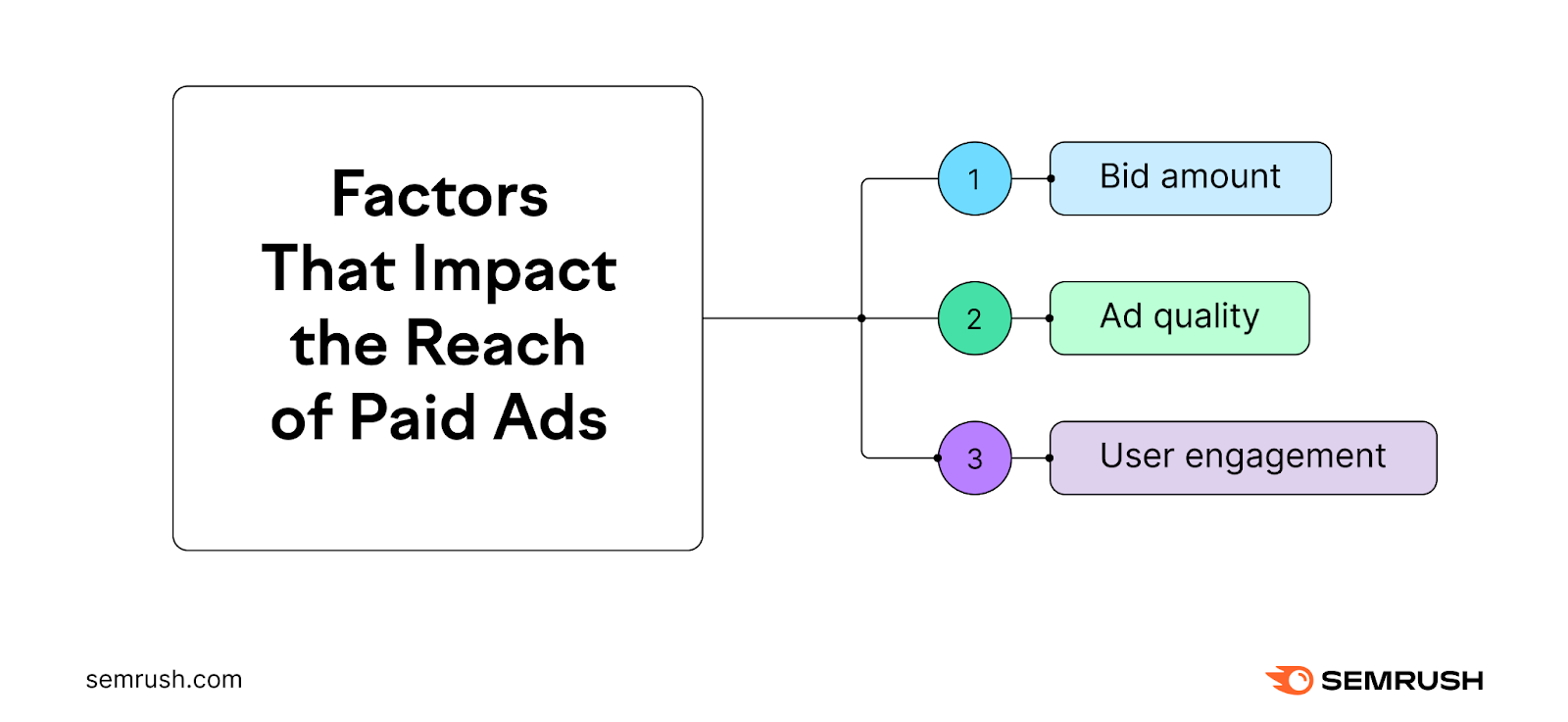
Assessing the Viability of Paid Channels
Weigh targeting scale, production resources and goals to right-size paid efforts:
| Channel | Scale | Production Needs | Goals Best Suited For |
|---|---|---|---|
| Google Ads | Massive reach | Moderate | Sales conversions |
| Facebook/Instagram Ads | Very large reach | High | Brand awareness & traffic |
| Native Advertising | Niche ability | Low/Moderate | Brand visibility |
| Trade Show Booths | Limited by industry/geo | High | Local/industry networking |

Balancing Budgets and Expectations
With so many options competing for budgets, companies should set realistic expectations around returns from paid acquisition efforts. Ground campaigns in solid measurement frameworks and adjust allocations judiciously based on success indicators.
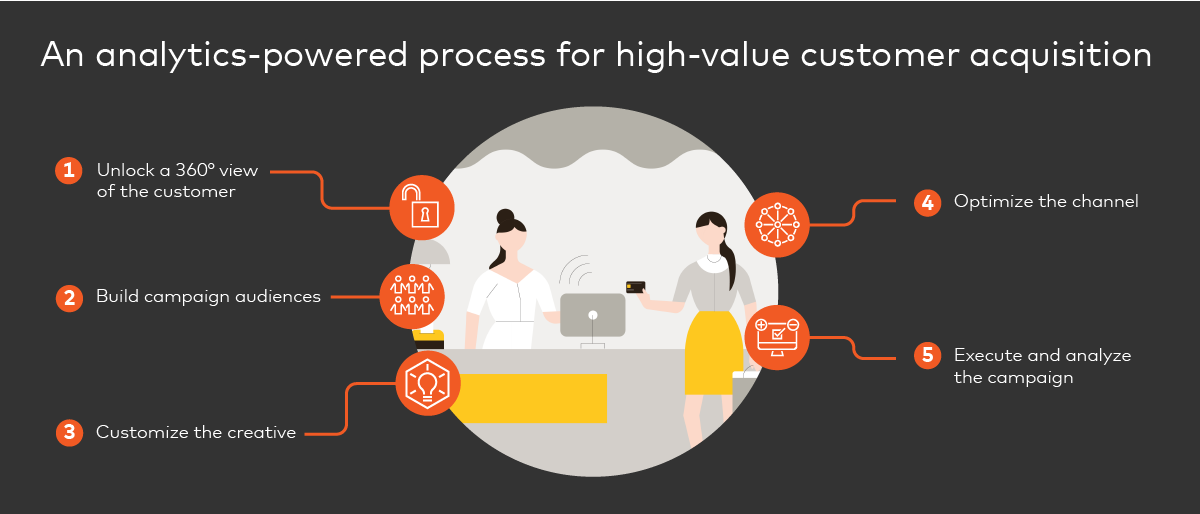
Analyzing and Refining Your Acquisition Strategy
Customers only convert once, so capturing them early and effectively takes thoughtful coordination across programs. Successful brands continually assess performance and fine-tune strategies based on insights uncovered.
Tools for Continuous Improvement
Leverage analytics across programs to uncover optimization opportunities:
- Ad campaign reporting (Google/Facebook)
- Web analytics (Google Analytics)
- Marketing automation
- Surveys, NPS scores
Learning from Data: What the Numbers Tell Us
Analyze metrics like impression-through-conversion funnel fallout, customer lifetime value, and attribution modeling. These reveal where and why customers disengage so messages and experiences can be iterated upon.
Measure comprehensively, optimize regularly, and double down on what works best. By mastering those critical first impressions with customers, brands secure a trusted foothold for long-term success.






